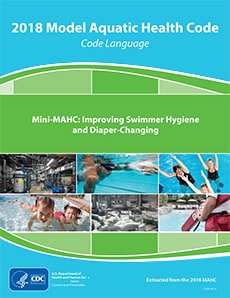What to know
These Mini-MAHCs, which were created using the 2018 version of the MAHC, are intended to make the MAHC more accessible by aggregating the code and annex language on a specific public health issue into more concise documents. This will help environmental health practitioners and operators of public treated aquatic venues quickly find relevant MAHC guidelines and rationales to address specific public health issues and improve patron and staff health and safety.
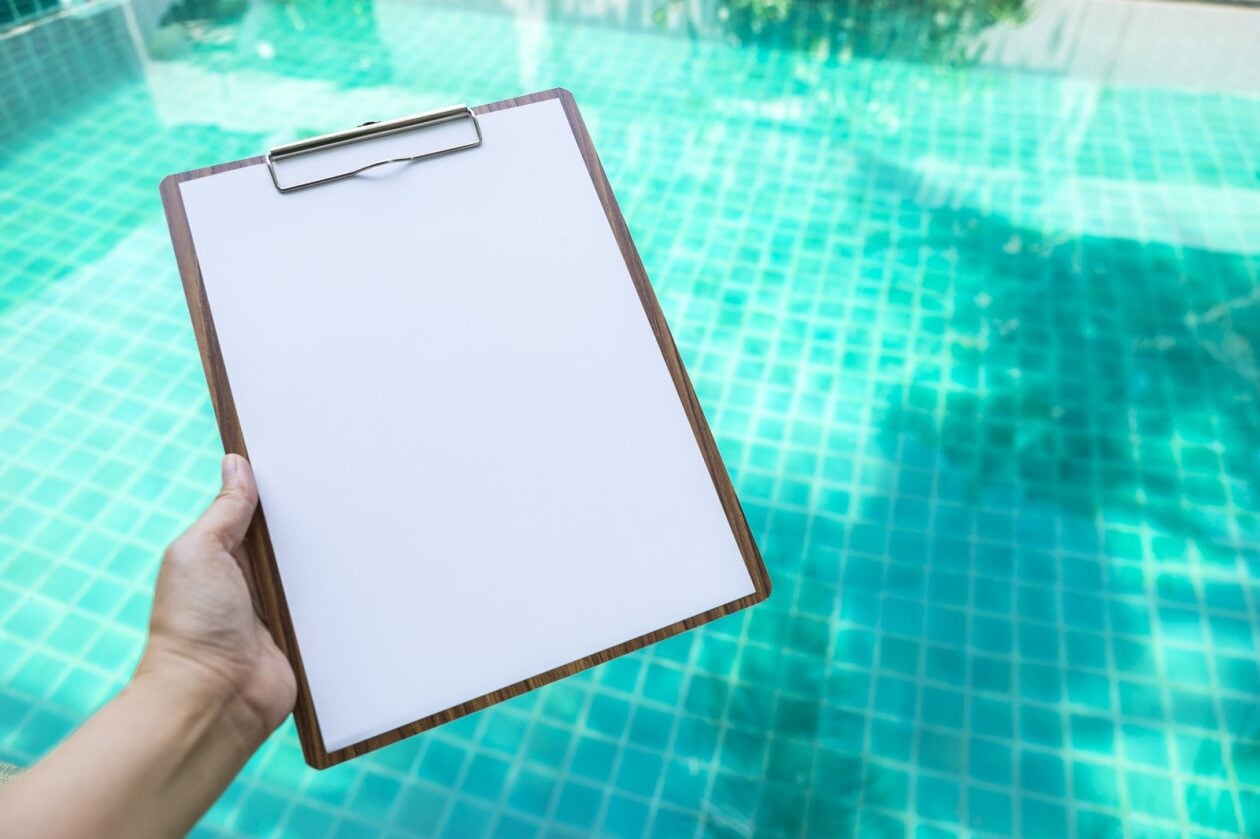
Preventing pool chemical injuries
This Mini-MAHC Code and Annex focus on preventing pool chemical injuries. It includes language to help decrease injury risk through safe equipment room and chemical storage area design and construction, pool chemical safety training, pool chemical safety, and chemical spill procedures and emergency response.
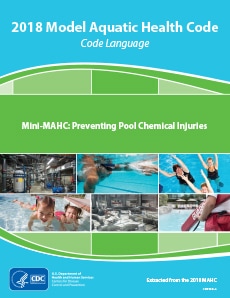
Preventing in-line production of toxic chlorine gas events
This Mini-MAHC Code and Annex focus on preventing in-line production of toxic chlorine gas, which can occur if there is no or low water flow in the recirculation system but the chemical feeders continue running. It includes language to help decrease the likelihood of such events through automatic deactivation of chemical feeders when there is no or low water flow.
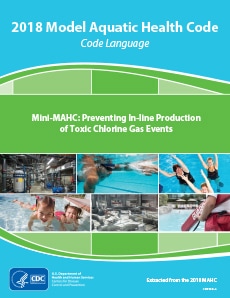
Reducing the spread of Cryptosporidium
This Mini-MAHC Code and Annex focus on reducing the spread of Cryptosporidium (Crypto). It includes language to help decrease the public health impact of Crypto contamination by killing the parasite using secondary or supplemental (e.g., UV or ozone) disinfection and hyperchlorination after diarrheal fecal incidents (or high-risk Crypto contamination events).
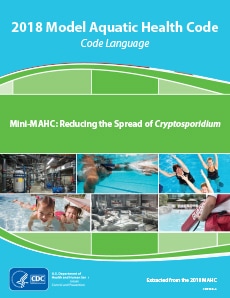
Improving swimmer hygiene and diaper changing
This Mini-MAHC Code and Annex focus on bather hygiene and diaper changing. It includes language to help decrease the potential for water contamination through the routine use of properly operating bathrooms and diaper-changing stations and swimmer education to promote healthy behaviors.
